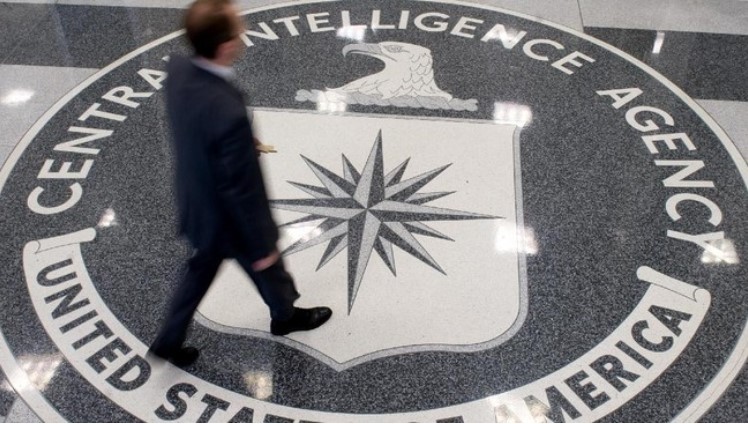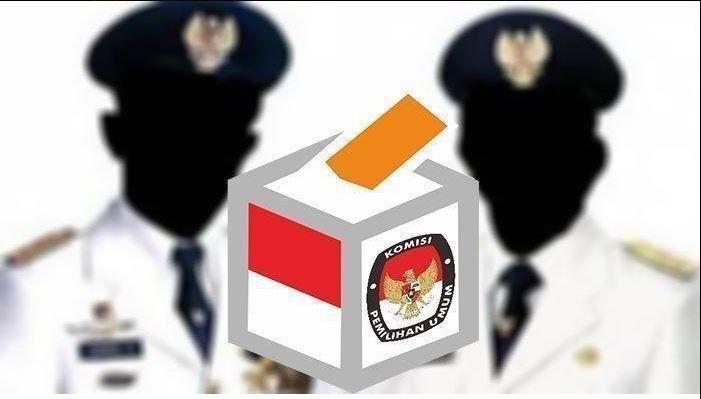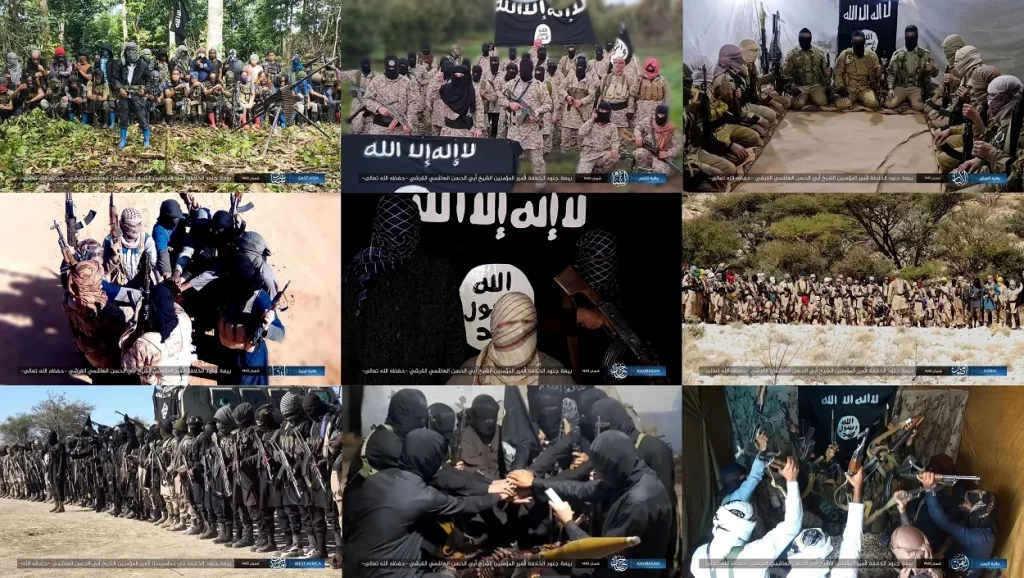
STRATEGIC ASSESSMENT. Eventhough during 2024, terrorist groups attacks number around the world are not more intensively rather than 2023 and previously years, the existence of groups terror such as Islamic State, IS-Khorasan (IS-K), Al Qaeda, al-Shabaab, and Jama’at Nusrat al-Islam wal-Muslimin etc have potentially occurred the future deadly attacks in 2025 and beyond especially in South Asian, US, France, Germany, Spain, Canada, Belgium, Russia, Central Asia, South East Asia, Burkina Faso, Somalia, Ghana, Turkiye, Iran and Syria because their branches and “sleeping cell” do not fully detected by security and intelligence communities.
The world situation in 2025 on the security perspective and trajectory has been coloring by the potential of radicalism attacks and maneuvre especially they will grow in many Europe country. Unfinished conflict in the Middle East especially in Palestine, Gaza and Lebanon will contribute the acceleration of radicalism groups grow in Europe and the US. The worst scenario can occur if the global economic situation uncontrollable through trade war, and uncompromised economic policy especially which will create by the US, China, Russia and the European Union will also trigger the angrily of terror groups and radicalism supporters around the world will rise.
Both of terror groups and radicalism supporters such as far right ideologies group are still creating uncertainty security and political situation in 2025 because they have more capabilities and always maintaining and improving their capabilities. For example, group terrors have many capabilities such as seeks to diversify its financial portfolio, which includes multiple illicit revenue-generating schemes, among them taxation, extortion, kidnapping for ransom, soliciting donations from Islamic State supporters abroad, and smuggling precious gems and timber; Propaganda capabilities while new and emerging technologies like artificial intelligence; Embracing emerging technologies and working to harness unmanned aerial systems (UAS), artificial intelligence, 3-D printing, and other methods of enhancing their lethality etc.
The existance of group terrors and their movement during 2024.
Islamic State, particularly its South Asian affiliate IS-Khorasan (IS-K), and pro-IS propaganda outlets IS-K directly collaborate with, launched an aggressive and concentrated information operation to encourage violence against sporting events throughout the West, and Europe in particular.
IS-K, in its latest video, threatened the West and showed footage of attacks in the US, France, Germany, Spain, Canada, Belgium, and more, while in its Eid statement a few weeks ago, IS-K implored its supporters to “join the battlefield in your country and emulate the historic operations in Moscow.”
The pro-Islamic State Halummu propaganda outlet told sympathizers to attack the “bleachers and games in stadiums,” and an Arabic-language poster encouraged attacking the Paris Summer Olympics with dynamite, explosives, Molotov cocktails, and knives.

The new concentrated campaign to threaten and target sporting events in the West will require significant security preparation and vigilance given the stated intent and ability of IS to carry out directed operations and inspire violence.
The Moscow terrorist attack perpetrated by Islamic State Khorasan Province (ISK) at the Crocus City Theater in late March demonstrated the intent and capabilities that many in the counterterrorism community have been growing increasingly concerned about.
ISK’s media operations have grown more sophisticated over time, evolving considerably since late 2021 following the withdrawal of U.S. troops from Afghanistan.
ISK also seeks to diversify its financial portfolio, which includes multiple illicit revenue-generating schemes, among them taxation, extortion, kidnapping for ransom, soliciting donations from Islamic State supporters abroad, and smuggling precious gems and timber.
Compared to other Islamic State branches, ISK appears to cast a wide net in terms of recruitment, reaching out to militants from Central Asia and the Caucasus in an effort to broaden the group’s network.
Terrorist groups like Islamic State Khorasan have intensified their commitment to media jihad and vastly expanded their propaganda capabilities while new and emerging technologies like artificial intelligence are becoming more widely available and easier to use.
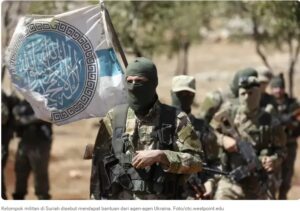
In 2023, Islamic State pushed out a guide on how to securely use generative AI and just six months ago, it became apparent that Islamic State supporters were expressing an interest in further using AI to boost the scale and scope of its public content.
While some groups are looking to emerging technologies for an edge, other terrorist organizations are reverting toward low-tech solutions to bypass the complex surveillance systems of intelligence agencies and the defense structures of countries – from pagers to paragliders.
Alarmism will not prepare us for the shift in tactics, techniques, and procedures (TTPs), but mitigating “a failure of imagination” by red teaming and not succumbing to groupthink may at least prepare us to deal with what is to come.
Twenty-three years after the devastating al-Qaeda terrorist attacks of September 11, 2001, the threat facing the United States is more diverse than ever.
Al-Qaeda is a much different organization today than it was two decades ago, with some of its regional affiliates growing in strength, especially its branches and franchise groups throughout sub-Saharan Africa, including al-Shabaab in Somalia and Jama’at Nusrat al-Islam wal-Muslimin in the Sahel.
Islamic State Khorasan (IS-K) is among the most dangerous terrorist groups currently in the world fighting to keep a foothold in Afghanistan while launching several high-profile external operations, including attacks in Iran, Türkiye, and Russia.
Violent non-state actors, including terrorists, insurgents, and militias, are constantly seeking new ways to innovate, embracing emerging technologies and working to harness unmanned aerial systems (UAS), artificial intelligence, 3-D printing, and other methods of enhancing their lethality.
On May 31, Abdul Qadir Mumin, IS-Somalia’s founder and one of its top leaders, was targeted in a U.S. airstrike and American intelligence officials assessed he may be IS’s Caliph while many experts are skeptical of this.
U.S. officials warn that IS-Somalia poses a growing threat and has been given increased authority within Islamic State’s global network.
A series of arrests over the past few months signal IS-S’s growing support base and networks in Sweden, while the Somalian branch has also been linked to at least one case in Italy.
With the IS external operation threat coming from a diversifying range of branches and actors, IS-S may emerge as a new vector as IS-Khurasan has and increase efforts to incite violence abroad.
Malaysia, Indonesia, and the Philippines are showing themselves to be particularly adept at countering violent extremism through kinetic, legal, and rehabilitative means.
In the Philippines, the Moro Islamic Liberation Front’s armed wing is in the process of demobilizing and disarming in the run up to the 2025 Bangsamoro Parliament election.
In Indonesia, Jemaah Islamiyah’s leadership has declared their intention to dissolve the organization in order to ensure their survival as a community and maintain control over its schools. Threats remain from splinter factions and remnants of pro-Islamic State groups in Indonesia, Malaysia, and the Philippines.
An attack targeting Turkish Aerospace Industries (TUSAS) in Ankara left five dead and 22 injured and is believed to have been perpetrated by the Kurdistan Workers’ Party (PKK), although the group has neither confirmed nor denied involvement.
The recent PKK attack fits within the traditional focus of the group’s target selection of Turkish security forces, as TUSAS is one of Türkiye’s largest defense companies that produces armed drones and fighter jets.
In response to the Ankara attack, Türkiye launched a series of retaliatory airstrikes, with Turkish officials confirming that the country’s security forces had destroyed 47 targets in Iraq and Syria, which the PKK claims have resulted in the deaths of 12 civilians.
It is unclear what impact this week’s attack will have on a potential peace process between Türkiye and the PKK as its relationship has been marked by failed peace processes and persistent military action.
Jihadist groups in the Sahel, particularly from Burkina Faso, now regularly cross into northern Ghana, using the area for logistical and medical purposes to sustain ongoing insurgencies and help expand freedom of movement throughout West Africa.
Though Ghana has thus far been spared of any major terrorist attacks, there have been attacks in neighboring countries on the West African coast, including Benin and Togo.
The impending withdrawal of Mali, Burkina Faso, and Niger from the Economic Community of West African States (ECOWAS) in January 2025 sparks concern over the stability of the other states in the economic bloc, given the broad role ECOWAS plays in resolving conflicts and maintaining security, including along the coast.
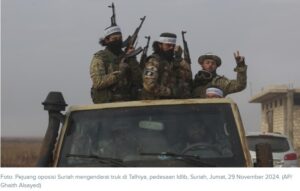
As Ghana gears up for its 2024 general elections on December 7, socio-political conditions could become increasingly conducive to the spread of terrorism within its borders.
The current environment in Syria is tailor-made for the Islamic State to exploit in an effort to help facilitate its comeback and resurgence, not just in the country but across the region.
If Kurdish troops are pulled away from guarding the prisons and detention centers, ISIS will likely wait for the opportune time to strike, similar to the prison break in al-Hasakah in January 2022, and in line with ISIS’s ‘Breaking the Walls’ campaign.
If there are hardliners within HTS that aren’t amenable to the group’s more moderate and pragmatic approach, ISIS could seek to poach these militants and bring them into the fold.
ISIS is likely to continue growing, which only further demonstrates the importance of aggressive U.S. actions to blunt the group, as occurred with recent U.S. airstrikes against ISIS camps in central Syria.
Radicalism groups maneuvre in 2024
Meanwhile As the far-right appears to be strengthening across Europe, Germany’s domestic intelligence agency (BfD) has reportedly designated its former chief, Hans-Georg Maassen, as an “observation case” on suspicion of right-wing extremism.
The BfD has identified right-wing extremism as Germany’s top security threat, underscored by its investigation into its former chief as well as its extremist classification of three state branches of the Alternative for Germany (AfD) party and its youth wing.
The recent revelation of a meeting between AfD leaders, members of Maassen’s new right-wing party, and prominent far-right figures to discuss a “remigration” plan for immigrants highlights the interwoven and strengthening connections within the broader European far-right milieu.

Although severe backlash and calls to ban the AfD are mounting, the party’s demonstrated resiliency in the past, coupled with the resonance of far-right messaging with the electorate, indicate that support for the party will potentially continue in upcoming regional elections in Germany this year.
In the aftermath of the terrorist attack on Moscow’s Crocus City Hall, the continuous risk of radicalization in the North Caucasus (Chechnya, Dagestan, and Ingushetia) remains a significant concern, specifically among the youth.
Russia’s approach to counterinsurgency in the North Caucasus has been draconian and further radicalized citizens, with widespread reports of human rights abuses, including torture, executions, and hostage-taking, particularly associated with Chechen leader Ramzan Kadyrov.
In recent years, members of the North Caucasus diaspora have been implicated in terrorist activities across Europe, while, in their home countries, targeted terrorist attacks on regional law enforcement and security personnel are still prevalent.
Platforms gaining popularity among North Caucasian youth like “KavkazCenter.org” and “ChechenInfo” have been recognized as the information agency of the current Caucasian Emirate, an extremist jihadi group, rumored to be experiencing a resurgence.

Recent incidents in France, Germany, Belgium, and the Netherlands highlight the convergence of longstanding security challenges in Western Europe and emerging threats fueled by conflict in the Middle East.
The violence in Amsterdam surrounding the Israeli-Dutch soccer match earlier this month is a microcosm of the interplay between the ongoing Middle East conflict, domestic polarization, and narrative construction on social media.
A foiled copycat attack in Antwerp, Belgium, targeting the Jewish community, alongside security advisories issued by the Berlin Police Chief urging heightened vigilance for Jewish individuals in specific neighborhoods, underscores the alarming escalation of antisemitism.
Social media platforms have played a central role in amplifying these ripple effects, facilitating the spread of false and misleading information, fueling inspiration for copycat incidents, and enabling the coordination of violent actions.
The writer is an international issues observer. He had reached post graduate in the University of Indonesia (UI) and previously got bachelor degree at social and political faculty at the University of Jember (Unej).



